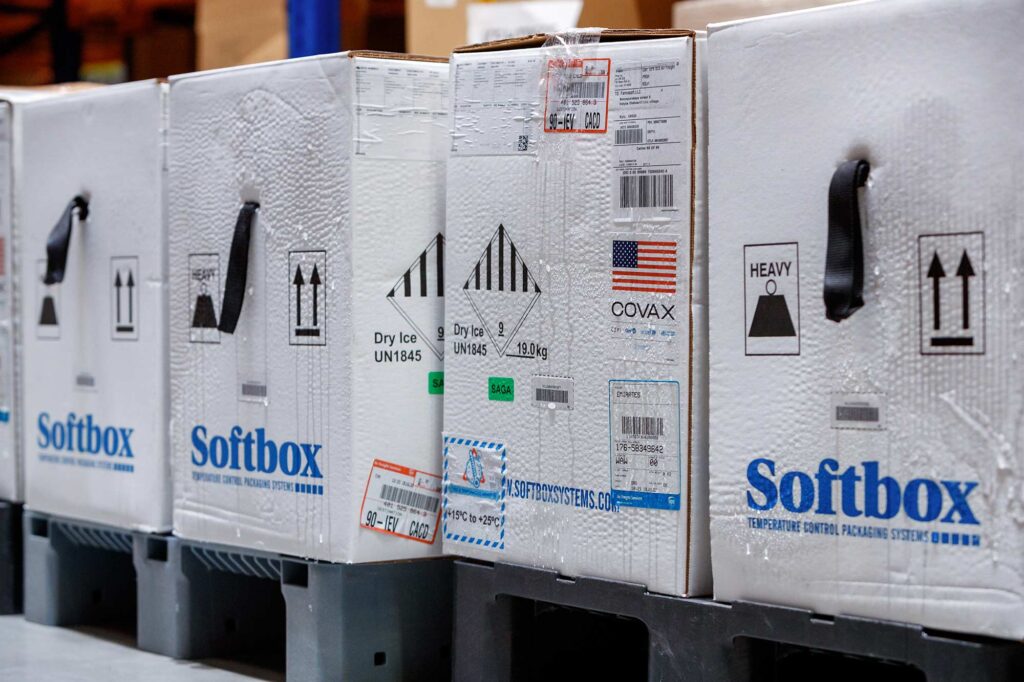Defining Pharmaceutical Systems Strengthening: Concepts to Enable Measurement
Defining Pharmaceutical Systems Strengthening: Concepts to Enable Measurement
by Tamara Hafner, Helena Walkowiak, David Lee and Francis Aboagye-Nyame
Publication: Health Policy and Planning, 22 December 2016 DOI: 10.1093/heapol/czw153
Abstract
Pharmaceutical products are indispensable for improving health outcomes. An extensive body of work on access to and use of medicines has resulted in an assortment of tools measuring various elements of pharmaceutical systems. Until now however, there has been little attempt to conceptualize a pharmaceutical system as an entity and define its strengthening in a way that allows for measuring systems strengthening. The narrow focus of available tools limits their value in ascertaining which interventions result in stronger, more resilient systems. We sought to address this shortcoming by revisiting the current definitions, frameworks and assessment tools related to pharmaceutical systems.
We conducted a comprehensive literature review and consulted with select pharmaceutical experts. On the basis of our review, we propose that a pharmaceutical system consists of all structures, people, resources, processes, and their interactions within the broader health system that aim to ensure equitable and timely access to safe, effective, quality pharmaceutical products and related services that promote their appropriate and cost-effective use to improve health outcomes. We further propose that pharmaceutical systems strengthening is the process of identifying and implementing strategies and actions that achieve coordinated and sustainable improvements in the critical components of a pharmaceutical system to make it more responsive and resilient and to enhance its performance for achieving better health outcomes. Finally, we established that, in addition to system performance and resilience, seven components of the pharmaceutical system are critical for measuring pharmaceutical systems strengthening: pharmaceutical products and related services; policy, laws and governance; regulatory systems; innovation, research and development, manufacturing, and trade; financing; human resources; and information.
This work adds clarity to the concept of pharmaceutical systems and their strengthening by proposing holistic definitions on the basis of systems thinking. It provides a practical starting point for measuring the progress of pharmaceutical systems strengthening.

